#PlymouthArrow
Abandoned History: Dodge's Dead Import Trucks (Part III)
In a captive import enterprise that began in 1979, Dodge sold Mitsubishi’s compact pickup (aka Mighty Max in North America) to compete with the likes of the Ford (Mazda) Courier and the Chevrolet (Isuzu) LUV. Badged as the Ram 50, the truck was sold through two generations, 1979-1986 and 1987-1994. By the Nineties, the second-gen was showing its age, and Dodge decided it would rather focus on its own midsize truck, the Dakota.
But there was another captive import that arrived at the very same time as the second edition of the Ram 50. Say hello to the Raider.
Abandoned History: Dodge's Dead Import Trucks (Part II)
Dodge’s import truck story began in 1979, when the Mitsubishi Forte (or L200) arrived on North American shores, rebadged as the Dodge D-50 and Plymouth Arrow. A captive import like the Colt, the durable Dodge D-50 (later Ram 50) proved itself a solid entrant into the compact pickup truck market. What proved unpopular was the Plymouth Arrow, which did not make it past its initial 1979-1982 outing. The Ram 50 was refreshed in 1982 but was certainly due for replacement in 1987 when the second generation arrived.
Abandoned History: Dodge's Dead Import Trucks (Part I)
Recently on Abandoned History, we learned about the Colt, a captive import Dodge/Plymouth/Eagle/AMC/Renault sold courtesy of a badge swap on some compact cars from Mitsubishi. During that series’ tenure, one of our readers had a great idea: A separate Abandoned History discussion of the captive import trucks and SUVs in the Dodge portfolio. The time has come!
Abandoned History: Chrysler and the Colt, Captive Economical Import Time (Part VII)
We arrive at the end of our Dodge Colt journey today. Colt started in 1971 as a cooperative program to provide Mitsubishi with a sales outlet in North America, and Chrysler with a compact and fuel-efficient car it didn’t have to design or build. Over the years the Colt evolved with the needs of the consumer and branched out into several different body styles.
Eventually, the tides shifted. Mitsubishi established their own dealerships in the United States (but not Canada) and started selling identical cars as were on Dodge/Plymouth dealer lots. Then, as Eagle came into being it also needed product to sell. Chrysler turned Eagle into its de facto outlet for imports and Mitsubishi cooperative products: Colts of regular and wagon persuasion became Eagles called Vista and Summit, in addition to their Dodge and Plymouth twins.
Last time we left our tale it was the dawn of 1993, and Colts were badged at Eagle dealers as a new generation of Summit. The Vista Wagon name was dead, now called Summit Wagon. Dodge, Plymouth, and Eagle dealers had an exciting new Colt as well! But it didn’t last long.
Abandoned History: Chrysler and the Colt, Captive Economical Import Time (Part VI)
We rejoin the world of the Colt today, specifically the lineup on sale at various Dodge, Plymouth, and now Eagle dealers in the United States and Canada in the early Nineties. The addition of Eagle to Chrysler’s brand portfolio for the 1988 model year had a direct effect on the future of Colt: Almost immediately the Colt sedan was drafted onto the Eagle team, where it became the more expensive Summit.
Remaining as Colts in the US in 1990 were the hatchback and the dated Colt Vista and wagon. Canadians were offered the contemporary Colt sedan and hatchback, while the Colt Vista was sold over the border as the Eagle Vista Wagon. The Vista Wagon was accompanied in Canada by the old Colt sedan from the mid-Eighties, branded as Eagle Vista sedan and offered only as a very basic vehicle. We pick up at the beginning of the 1991 model year.
Abandoned History: Chrysler and the Colt, Captive Economical Import Time (Part V)
When we last left off in the tale of Dodge, Plymouth, and Eagle’s various Colt branding adventures, it was the late Eighties. After a wave of modernization in 1984-1985 where the first Colt sedan appeared and the range extended into the larger and very forward-thinking Colt Vista, Mitsubishi got in on the Colt action and sold a hatchback with its OEM diamond star up front and Mirage lettering on the back. As the Nineties approached, it was time for a new generation of Colts, and more options from a hot new brand: Eagle.
Abandoned History: Chrysler and the Colt, Captive Economical Import Time (Part IV)
By the early Eighties Chrysler was deep into its product partnership with Mitsubishi, which in North America was most visible via the mutually beneficial Colt. A lineup of rebadged Mitsubishis, the Colt expanded from its rear-drive beginnings in 1971, morphing into a rear- and front-drive mix by the end of the Seventies. In the earliest part of the Eighties, the line was consolidated into a single front-drive hatchback model. Around the middle of the decade, it was time for a fifth-generation Colt and some more lineup expansion. But this time, Dodge and Plymouth dealers wouldn’t be the only ones selling a Colt.
Abandoned History: Chrysler and the Colt, Captive Economical Import Time (Part III)
After Mitsubishi vehicles made their way to Dodge and Plymouth dealerships as the Colt in 1971, Chrysler expanded the fledgling model’s lineup quickly. Nine years after its introduction, the third generation Colt offerings (two different Mitsubishi models) were being discontinued. Accompanying the old Colts on the lot were all-new ones, though old and new alike were sold as ’79 model year cars. It’s Twin Stick time.
Abandoned History: Chrysler and the Colt, Captive Economical Import Time (Part II)
Chrysler had its first involvement with Mitsubishi Motors Corporation in 1971. With a considerable stock purchase by Chrysler, the two companies’ long-lived captive import cooperation began. Introduced immediately to Americans in 1971 as the Dodge Colt, the nameplate was on its second generation by 1977. We pick up in the middle of that year, as third-gen Colts started to arrive from Japan. In the unusual arrangement, brand new (and differently sized) Colts were sold alongside second-gen Colts during the same model year.
Abandoned History: Chrysler and the Colt, Captive Economical Import Time (Part I)
For over 20 years Chrysler offered various Mitsubishi offerings as rebadged captive import vehicles in the North American market. For a handful of years, a Colt at your Chrysler-Dodge-Plymouth-Jeep-Eagle-DeSoto-AMC dealer was the exact same one you’d buy at the Mitsubishi dealer across the street. Let’s take some time and sort out the badge swapping history of Colt.
Buy/Drive/Burn: Mid-seventies Captive Imports
Today’s Seventies captive imports trio comes to us via suggestion by commenter MRF 95 T-Bird. He wants to see which of the Manta, Capri, and Arrow warrants a malaise era Buy. We’ll straddle two model years today, 1975 and 1976.
Junkyard Find: 1980 Plymouth Arrow
Chrysler imported and rebadged quite an assortment of Mitsubishis during the gloomy years of the Malaise Era, and we have seen a good sampling of those cars in this series so far. There was the Mitsubishi Colt Galant aka Dodge Colt, the Mitsubishi Galant Lambda aka Plymouth Sapporo/Dodge Challenger, and the Mitsubishi Mirage aka Plymouth Champ, among others.
The Mitsubishi Lancer Celeste aka Plymouth Arrow was never a big seller, but this one managed to outlive nearly all of its brethren, only washing up at this Northern California self-service yard after 36 years.
A Selective History Of Minitrucks, Part Two: The Empire Strikes Back, Then Gives Up
In Part One of this minitruckin’ history, we covered how the Big 3 provided their dealers with “captive import” minitrucks from Mazda, Isuzu, and Mitsubishi during the Seventies. By 1975 or thereabouts, both GM and Ford were convinced that the small-pickup market was not a fad and began digging their own products out of the parts bin.
The Chevrolet S-10/GMC S-15 was a sort of truck version of the A-body (later G-body) intermediate. While it’s not dimensionally identical to the older sedans, it’s possible to swap much of the running gear between those two vehicles, particularly ahead of the firewall. The Ford Ranger arrived a few months after the S-10, a few inches smaller in most dimensions and looking remarkably ungainly compared to its sleek GM competitor. Those of you who followed the minitrucking hobby in the Nineties will recall that the Ranger was conspicuous by its absence; “domestic” minitruckers were almost exclusively loyal to the S-10/S-15. Part of that was due to the Twin-I-Beam’s reluctance to accept a lowering kit and/or airbags, but much of it was the Ranger’s hokey, hick-ish appearance compared to the S-10.
So what did that mean for the captive import trucks?
A Selective History of Captive Minitrucks, Part One: When America Couldn't Compete
I was having a conversation with a female friend a few weeks ago and she admitted to having “fooled around” in no fewer than four different brands of minitrucks during the Nineties and Oughties. I suppose in her case that would be the Noughties — but that’s besides the point. I should also mention that the fourth “minitruck” was really a Colorado, and the incident in question happened fairly recently.
“There’s always some kind of stick shift in the way, in those little trucks, you know?” she said.
“Those are the little crosses that empowered young women have to bear,” was my response.
The conversation could have gone in any number of directions from there, but where it actually went was to A Brief Discussion Of Mini-Trucks In America, 1970-2010. I thought it might be a conversation worth having with all of you, as well, because it showcases a rather unique phenomenon in American automotive history.




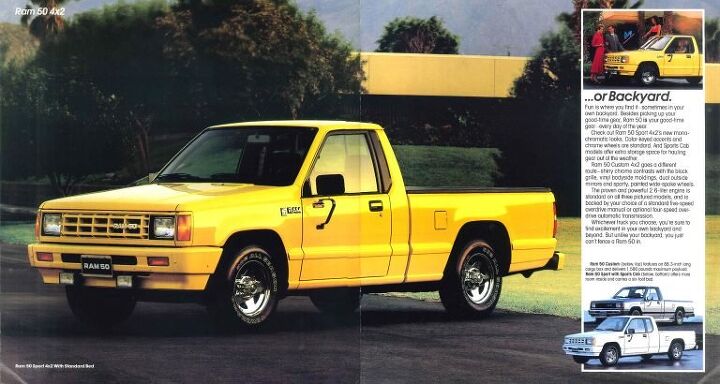
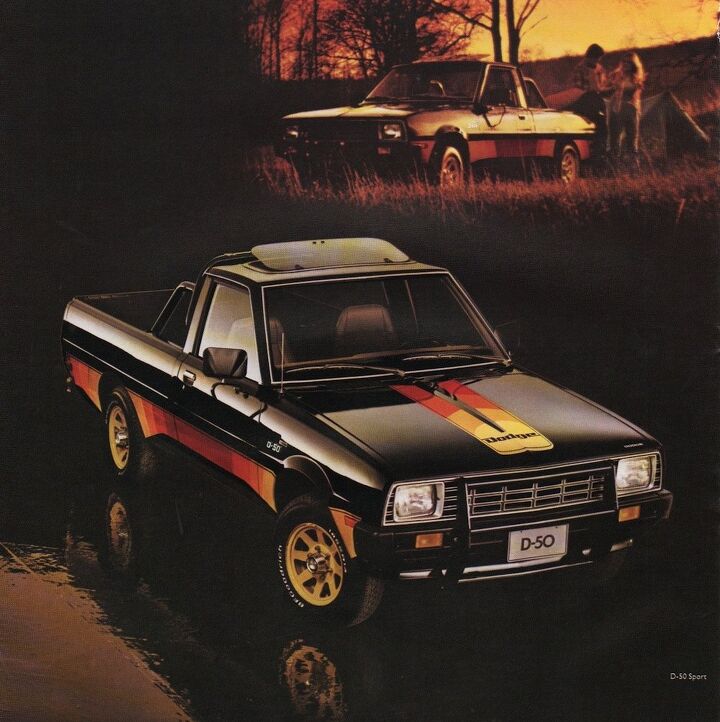

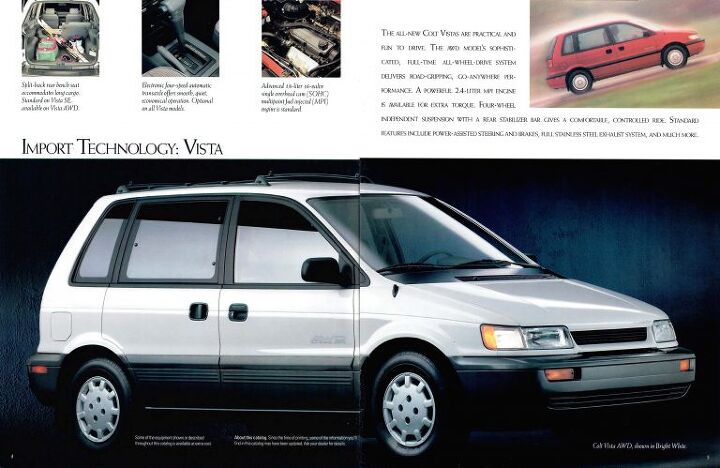
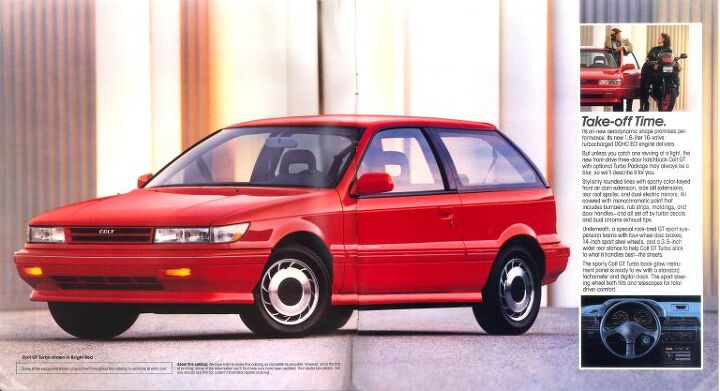
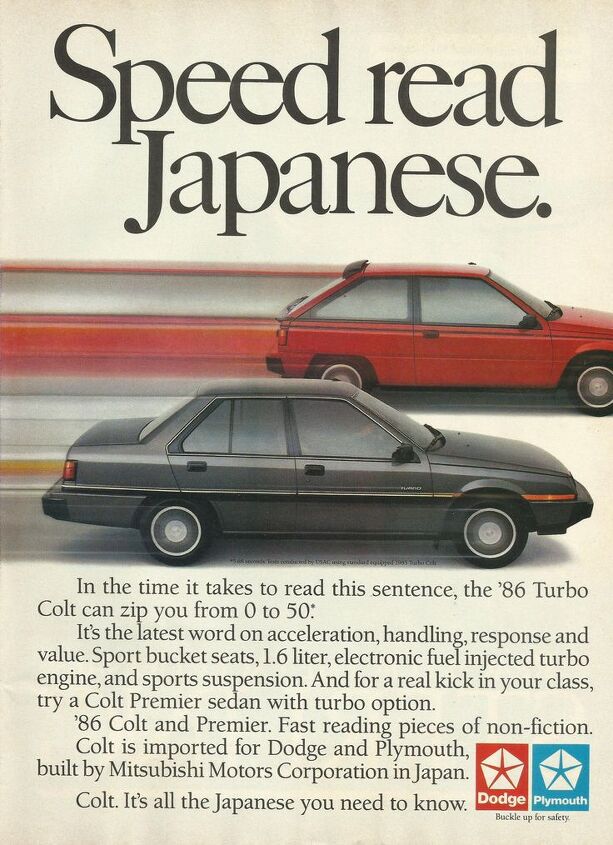
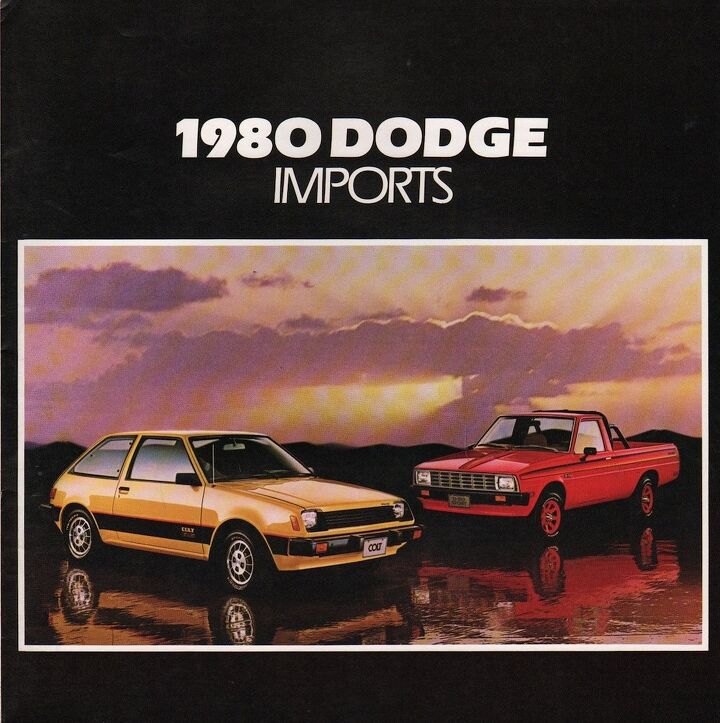
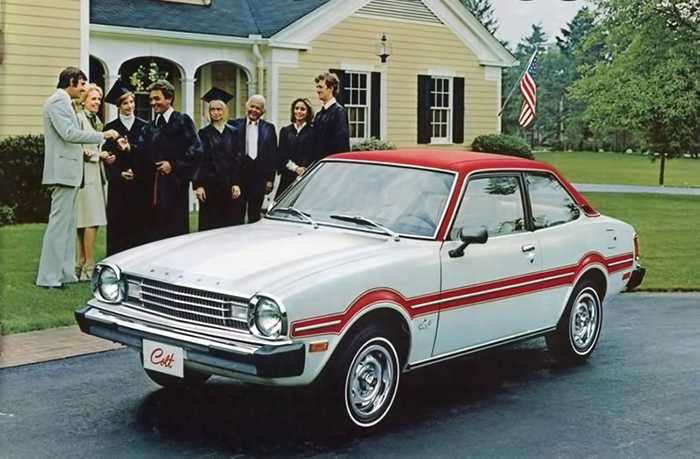
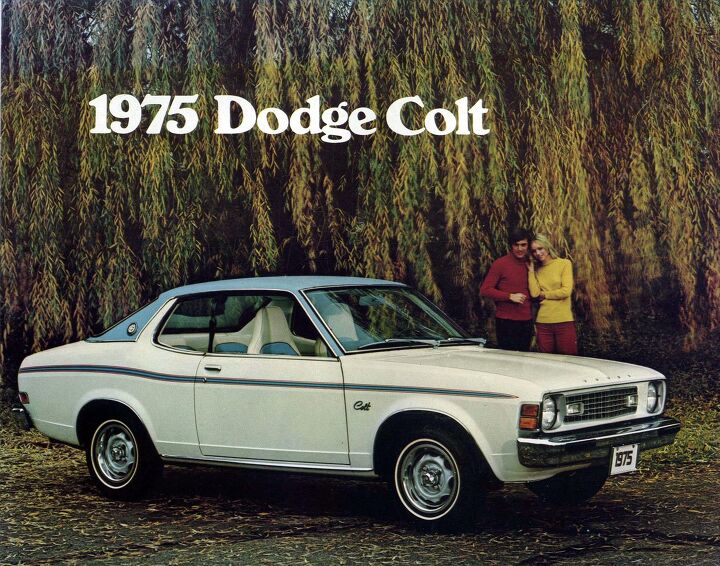

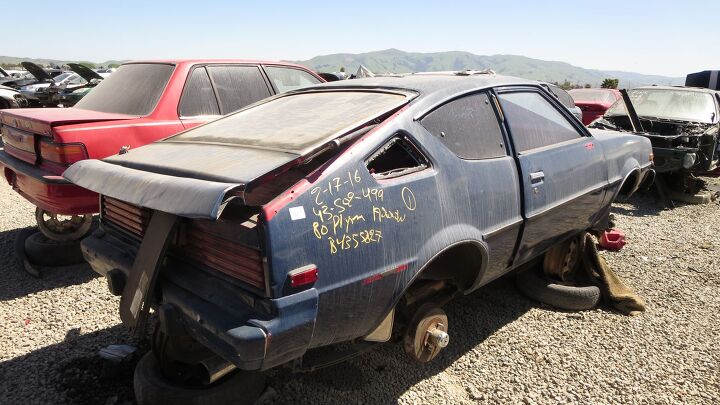

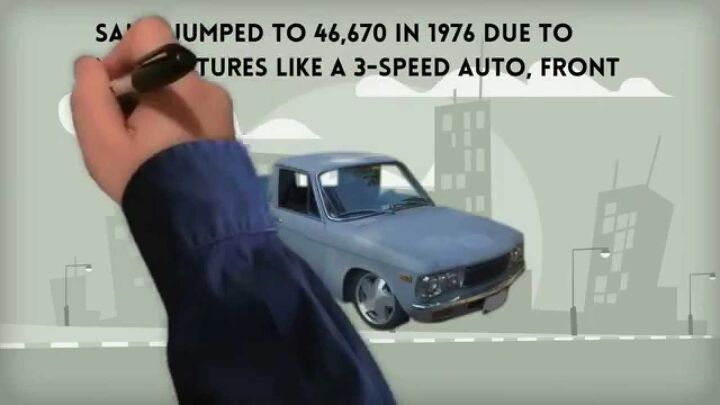












Recent Comments